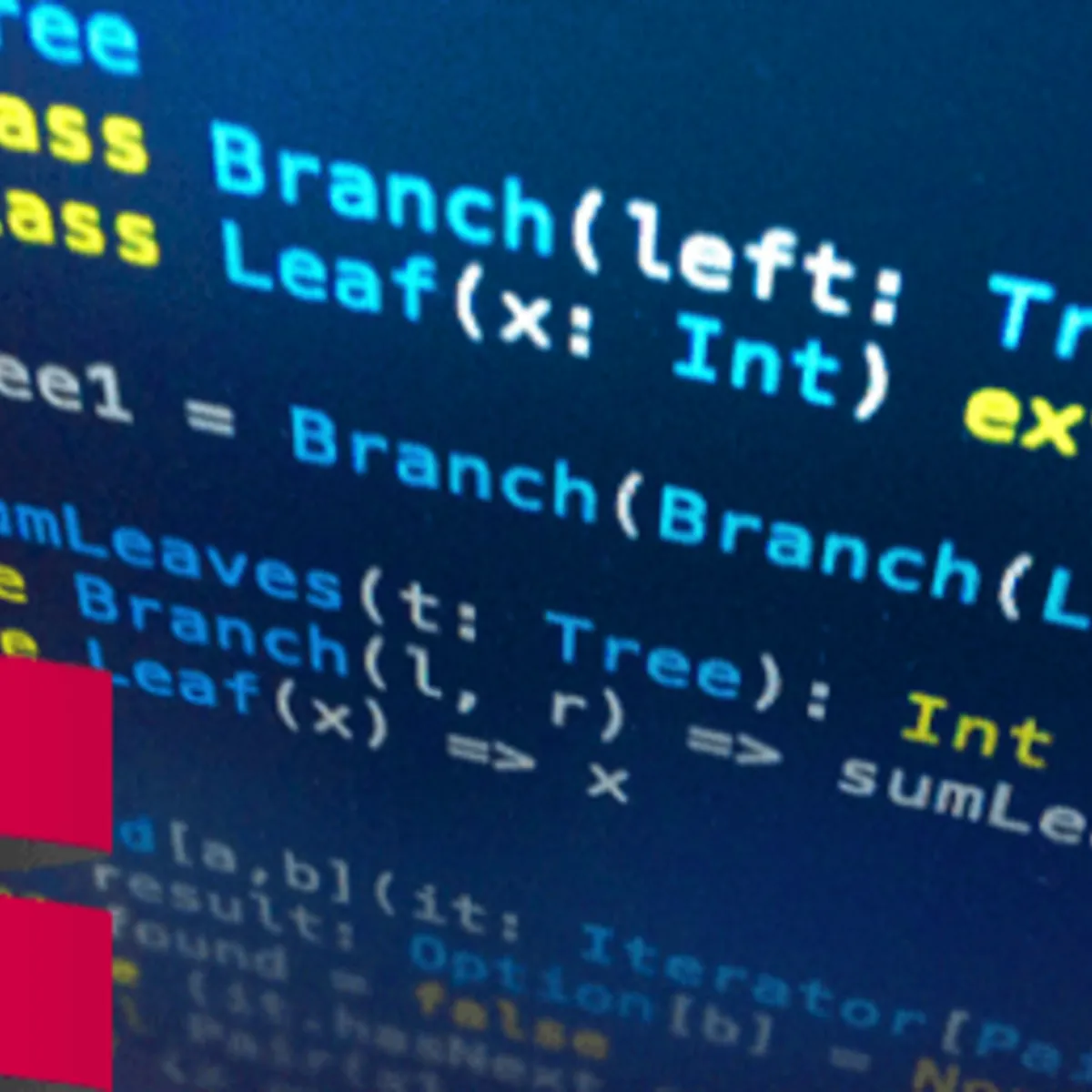
GUI Programming and CSV in Python: Basics : Project Oriented 
This project-oriented course provides an introduction to GUI programming and CSV manipulation in Python 3 using tkinter and the Jupyter iPython notebook. Participants will gain the skills to create basic Python applications and manipulate CSV data. ▼
ADVERTISEMENT
Course Feature
![]() Cost:
Cost:
Free
![]() Provider:
Provider:
Udemy
![]() Certificate:
Certificate:
No Information
![]() Language:
Language:
English
Course Overview
❗The content presented here is sourced directly from Udemy platform. For comprehensive course details, including enrollment information, simply click on the 'Go to class' link on our website.
Updated in [March 06th, 2023]
This course provides an introduction to GUI programming and CSV in Python. It is project-oriented, and students will learn how to create notebook scripts in iPython. The course will explain what a GUI is and how to make one, as well as what modules, functions, objects, and methods are (prior knowledge is appreciated for this course). Students will use the tkinter module in Python to create simple applications, and will learn how to read and write CSV files in Python.
[Applications]
After completing this course, students should be able to create notebook scripts in iPython, explain what a GUI is and how to make one, and use the tkinter module to create simple applications in Python. Additionally, students should be able to read and write CSV files in Python. With this knowledge, students can apply their skills to create more complex applications and data analysis projects.
[Career Paths]
1. Data Scientist: Data Scientists use Python to analyze large datasets and uncover trends and insights. They use a variety of tools and techniques, such as machine learning, natural language processing, and statistical analysis, to uncover patterns and trends in data. The demand for data scientists is growing rapidly, and the field is expected to continue to grow in the coming years.
2. Software Developer: Software Developers use Python to create applications and websites. They use the language to write code, debug programs, and create user interfaces. Software Developers are in high demand, and the field is expected to continue to grow in the coming years.
3. Machine Learning Engineer: Machine Learning Engineers use Python to develop and deploy machine learning models. They use the language to create algorithms, train models, and deploy them in production. The demand for Machine Learning Engineers is growing rapidly, and the field is expected to continue to grow in the coming years.
4. Web Developer: Web Developers use Python to create websites and web applications. They use the language to write code, debug programs, and create user interfaces. Web Developers are in high demand, and the field is expected to continue to grow in the coming years.
[Education Paths]
1. Bachelor of Science in Computer Science: This degree path focuses on the fundamentals of computer science, such as programming, algorithms, data structures, and software engineering. It also covers topics such as artificial intelligence, computer networks, and computer graphics. This degree path is ideal for those who want to pursue a career in software development, computer engineering, or computer science research.
2. Bachelor of Science in Software Engineering: This degree path focuses on the design, development, and maintenance of software systems. It covers topics such as software architecture, software testing, software project management, and software engineering principles. This degree path is ideal for those who want to pursue a career in software engineering, software development, or software project management.
3. Master of Science in Computer Science: This degree path focuses on advanced topics in computer science, such as artificial intelligence, computer networks, and computer graphics. It also covers topics such as software engineering, software project management, and software engineering principles. This degree path is ideal for those who want to pursue a career in software engineering, software development, or computer science research.
4. Master of Science in Software Engineering: This degree path focuses on the design, development, and maintenance of software systems. It covers topics such as software architecture, software testing, software project management, and software engineering principles. This degree path is ideal for those who want to pursue a career in software engineering, software development, or software project management.
The development trends for these degree paths include the use of artificial intelligence, machine learning, and big data analytics to create more efficient and effective software systems. Additionally, the use of cloud computing and distributed systems is becoming increasingly popular, as it allows for more efficient and cost-effective software development. Finally, the use of mobile technologies is becoming more prevalent, as it allows for more accessible and user-friendly software applications.
Course Syllabus
Introduction to Jupyter iPython Notebook
Five steps to create a GUI
GUI to add two numbers
CSV Handling in Python
Final Project_Data Entry in CSV
Pros & Cons

Instructor is skilled

Step by step instructions

Good information, fun and exciting

Basic knowledge on GUI

Helpful for beginners

Dabbles on unimportant stuff

Background noise distracting

Clumsy author

Audio quality could be better
Course Provider

Provider Udemy's Stats at AZClass
Discussion and Reviews
0.0 (Based on 0 reviews)
Explore Similar Online Courses

Free Meditation Tutorial - How To Still The Mind Through Meditation

Import Excel File from Python - openpyxl

RDBMS PostgreSQL

Intro To PostgreSQL Databases With PgAdmin For Beginners

PostgreSQL: Client Applications

Mastering SQL using Postgresql

Database Design and Basic SQL in PostgreSQL

PostgreSQL: Advanced Queries

Spatial SQL with Postgres : A language for geographers

Learn SQL Using PostgreSQL: From Zero to Hero

PostgreSQL Essential Training

Big Data Analysis with Scala and Spark
 Related Categories
Related Categories
Quiz
 Submitted Sucessfully
Submitted Sucessfully
1. What is the tkinter module used for?
2. What is the main purpose of this course?
3. What prior knowledge is appreciated for this course?
4. What is the tkinter module used for in Python?
5. What is tkinter?
Correct Answer: It is a Python module used to create simple applications.


Start your review of GUI Programming and CSV in Python: Basics : Project Oriented